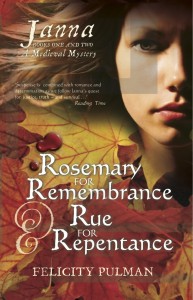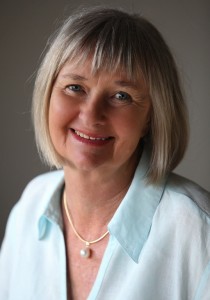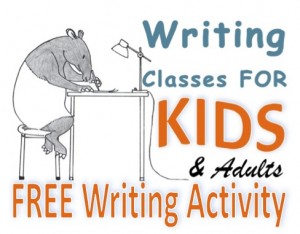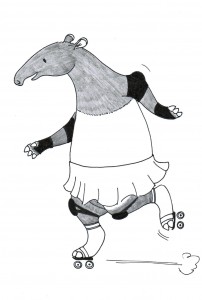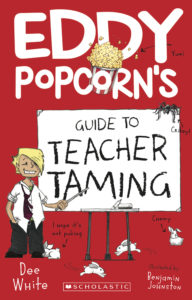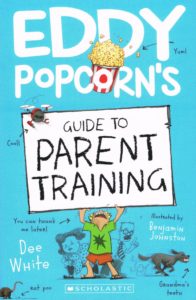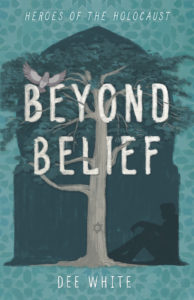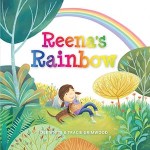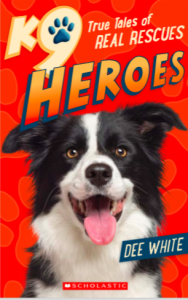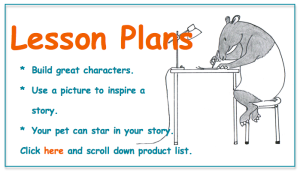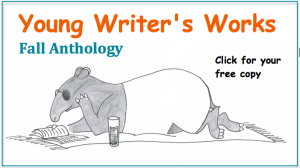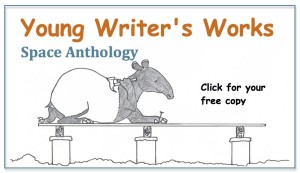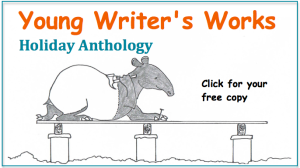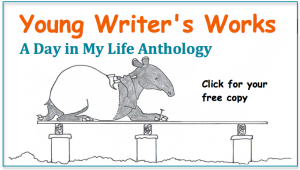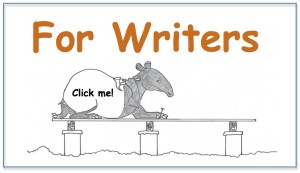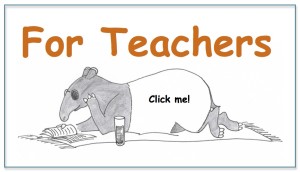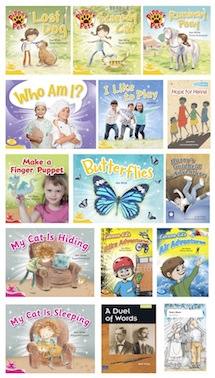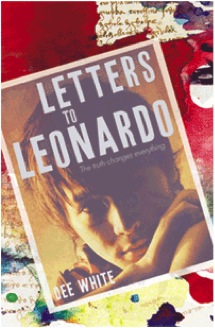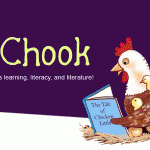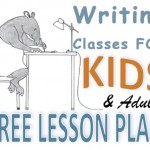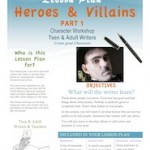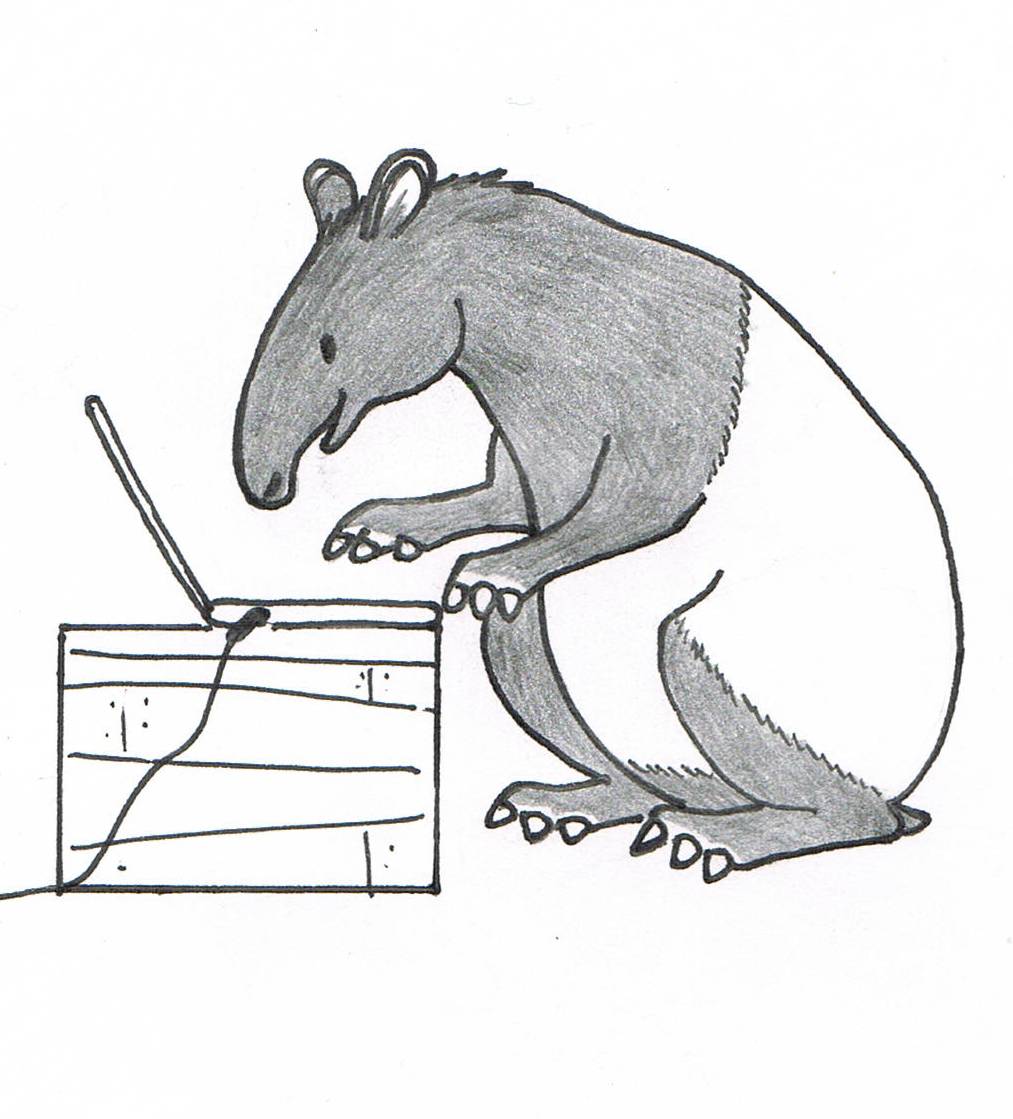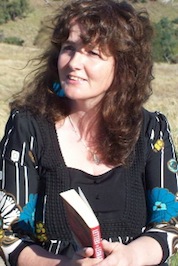From January to March, it’s all about “fantasy” here at Writing Classes For Kids and we’re going to meet some fabulous authors and get their tips.
Bestselling Felicity Pulman is our January Feature Author and she’s also generously donating two of her books for our ‘First Quarter’ writing competition.
I’ve written numerous novels for children and teenagers, most notably Ghost Boy, the Shalott trilogy and the Janna Mysteries series.
My novels reflect my fascination with the unknown in our world, like ghosts, reincarnation and time travel, along with my interest in Australian history and also medieval time, and my delight in writing crime and mystery stories.
I often have to do quite a lot of research, which is always a good excuse to travel! Most recently I visited Norfolk Island to research my new novel, Hearts in Chains, which will be published by Harper Collins next year. This is a story of a love that lasts through time, from the brutal 2nd penal colony in the mid-1800s to the star-crossed ‘Romeo and Juliet’ and their difficulties in the present.
I recently completed the Janna Mysteries, my medieval crime series for teenagers (although adults seem to love them too!)
Because I live in Australia and the books are set in England, I had to make several research trips to walk in my character’s footsteps and see what she sees on her quest to find her unknown father and avenge the death of her mother. It’s important to create a credible setting, so I visited all the places Janna went to on her quest, including a huge forest, a working farm, a water mill, an abbey (I had to go to France for that), Wilton, Sarum, Winchester and Oxford.
I always walked with pocket guides to flowers, trees, birds etc so I could identify what Janna would have known. I found this ‘dreaming time’ really helpful and often inspirational – like when I took a side trip to Stonehenge. I had no intention of sending Janna there, but when I saw those huge monoliths I imagined a bleeding body stretched out on one of them, and I knew I’d have to use that image somehow. This became the central inspiration for Book 4, Willows for Weeping. Guide books are often sold at these historic sites, which are also really helpful.
Even more important than setting are characters, and they drive the other crucial component: plot.
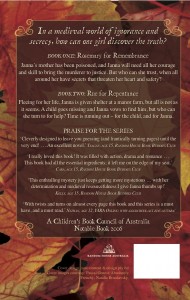 Authors usually draw on their own experiences when creating characters. For example, in Book 3, Lilies for Love, Janna spends time at Wilton Abbey with the nuns, learning how to read and write so she can read her father’s letter to her mother and hopefully find clues to his identity. I used my horrible experience in an all-girls boarding school to envisage a closed community of women and to create the characters of the nuns: the rivalry, jealousy, ambition, loves and hates that led to some of the crimes and mysteries Janna needed to solve.
Authors usually draw on their own experiences when creating characters. For example, in Book 3, Lilies for Love, Janna spends time at Wilton Abbey with the nuns, learning how to read and write so she can read her father’s letter to her mother and hopefully find clues to his identity. I used my horrible experience in an all-girls boarding school to envisage a closed community of women and to create the characters of the nuns: the rivalry, jealousy, ambition, loves and hates that led to some of the crimes and mysteries Janna needed to solve.
Sometimes I wrote something that turned out not to be true once I’d researched it properly, and then I had some rewriting to do. But I also learned to trust my instinct and explore whatever ‘crazy’ idea might pop into my head (like Stonehenge) because those ideas often turned out to be vital either to the plot or to the development of the character.
Writing the story is the fun part, but after that you have to get serious about editing and polishing your story to make it the best it can be before sending it to an editor – or a teacher!
Writing activity (a): Imagine that you live in medieval time. Who are you and what do you do? Describe your day, where you live, your family, your work, your mates, what you wear, what you eat, etc.
Writing activity (b): You live in medieval time and your best friend has been murdered. How would you go about solving the murder without modern technology (eg finger printing, DNA testing, etc) to help you? What steps would you take? What techniques might you use? What sort of knowledge might be helpful?
All Felicity’s books, including the Janna Mysteries series, are available through www.amazon.com either in paperback or e-book format.

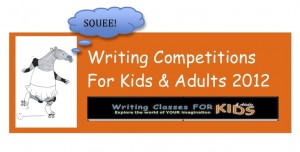 Felicity Pulman is donating two books to our Writing Classes For Kids 1st Quarter competition, so make sure you enter. Competition closes 31st March. See our competition page for details.
Felicity Pulman is donating two books to our Writing Classes For Kids 1st Quarter competition, so make sure you enter. Competition closes 31st March. See our competition page for details.

